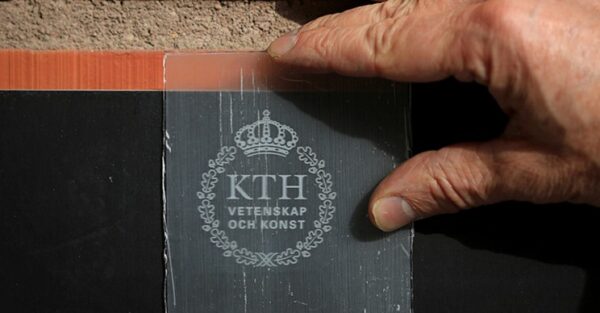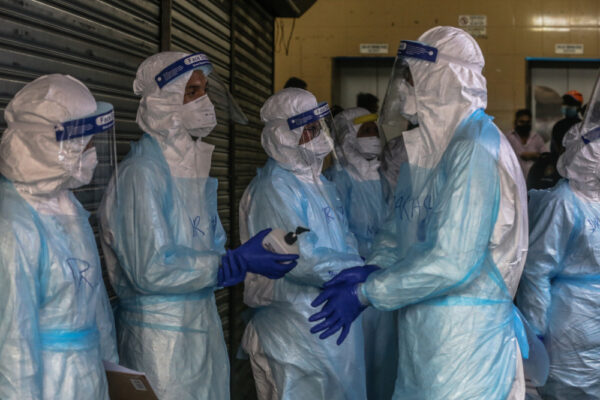SpaceECraft Esa Solar orbiters are currently studying the sun. Among the inventions made by the spacecraft so far is a surprising amount of small and very bright areas in the hot solar corona that have not been found by other spacecraft. Tiny Flare found in the measurement data collected from extreme ultraviolet imager (Eui) taken during the commissioning instrument in last year’s space.
The team said flares occur far more often than larger flares that occur in the sun. Researchers believe this can be one of the missing pieces of the puzzle they need to explain the “almost unimaginable” hot temperatures at Solar Corona. This small flare duration is between 10 and 200 seconds, and they are known as solar campfires.
Small bonfire temperatures reach between 1 million and 1.6 million degrees Celsius. While they are described as small, they are actually between 400 and 4,000 kilometers long and extend 1000 to 5,000 kilometers above the Sun Photosphere. Corona solar is very hot with a temperature of around 1 million degrees Celsius, while the Photosphere has a temperature of around 5500 degrees Celsius.
The researchers have long tried to determine what caused the outside atmosphere of the sun to be hotter than the surface, and the question is one of the biggest mysteries in sun physics. The researchers say computer simulations show a re-connection of the campfire drive and can produce enough energy to maintain the temperature of the corona.
The solar rays emit very short ultraviolet light with high intensity for a short time. In the picture, they appear as small bright spots. So far, the team has studied the properties of the 1500 campfires that offer the characterization of the most comprehensive phenomenon. A study of campfires will be published in the coming weeks.


![How to solve [pii_email_95fb429ddab3b9357c9f] err](https://tomtomworks.com/wp-content/uploads/2021/09/How-to-solve-pii_email_95fb429ddab3b9357c9f-err-520x293.jpg)









![Have you been encountering the [pii_email_2c5d108980d117c8ca52] error while trying to send or receive emails using your Outlook account, you’re not alone. It’s a standard Outlook error that sometimes gets triggered thanks to network connectivity issues. However, several other factors also can cause you to run into the said error. The good news is that you simply can troubleshoot this error by yourself. during this guide, we are getting to mention various factors that cause the PII error and what methods you'll utilize to repair it. So, with none further ado, let’s start . What Causes the [pii_email_2c5d108980d117c8ca52] Error in MS Outlook In general, the error occurs when MS Outlook fails to determine a secure reference to the e-mail server. But, as we mentioned earlier, there are many other reasons which will trigger this error also . a number of these reasons include: Your device isn't connected to a lively Internet connection Your Outlook profile has been damaged thanks to external factors There are incorrect antivirus configurations on your PC FIles on your POP3 server are damaged How to Fix [pii_email_2c5d108980d117c8ca52] Error So, now that you simply know what triggers the [pii_email_2c5d108980d117c8ca52] error in Outlook, let’s take a glance at the solutions that’ll assist you fix it. Also examine the way to fix outlook [pii_email_316cb5e2e59f1ce78052] error Check Your Internet Connection Since a poor network connection is that the primary explanation for the error, start by checking your Internet connection. confirm that your device has active Internet connectivity. you'll try accessing other online services to ascertain if the web is functioning or not. Change Antivirus Configurations If you've got recently installed an Antivirus program on your PC, it'd be configured to automatically scan emails. If that’s the case, the Antivirus will restrict the Outlook app from functioning properly. So, confirm to vary the Antivirus Configurations by disabling the “Email Scanning” feature. Reinstall/Update Outlook Reinstalling or updating Outlook to the newest version is yet one more effective thanks to fix the [pii_email_2c5d108980d117c8ca52] error. When you’ll reinstall the app, all the damaged temporary files are going to be deleted and therefore the root of the matter are going to be eliminated also . Clear Unnecessary Emails from Outlook Folder If your primary inbox has too many unnecessary emails, they’ll cause bandwidth issues. this is often the rationale it’s always advised to clear the unnecessary emails from your Outlook folders. While you’re at it, confirm to clear the Trash also . this may help your Outlook app to deliver optimal performance. Conclusion So, if you’ve been encountering the [pii_email_2c5d108980d117c8ca52] error for a short time now, the above-mentioned will assist you fix the matter . Follow these tricks and access your Outlook account with none hassle.](https://tomtomworks.com/wp-content/uploads/2021/09/How-to-fix-outlook-pii_email_2c5d108980d117c8ca52-er-200x200.webp)

![How To Fix [pii_email_71e6bcfa8a2bee2aa151] Erro](https://tomtomworks.com/wp-content/uploads/2021/09/How-To-Fix-pii_email_71e6bcfa8a2bee2aa151-Erro-200x200.jpg)




